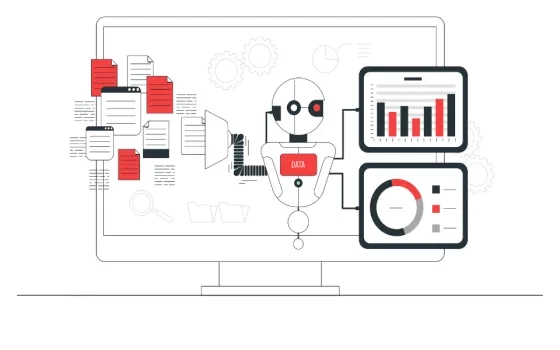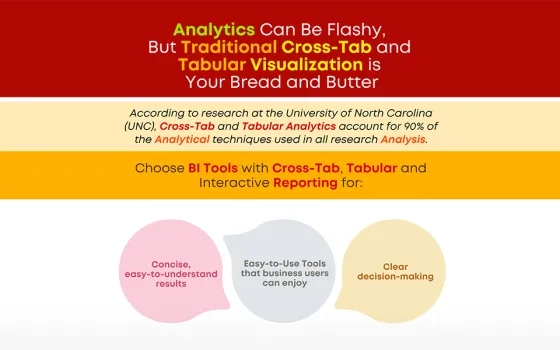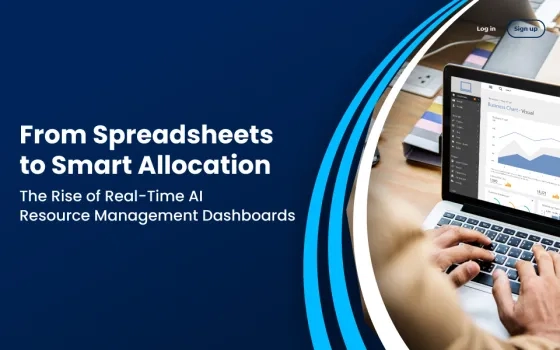Getting Started
Almost a quintillion bytes of data are produced daily, and it needs a place to go. A data pipeline is a set of procedures that process original data into usable information.
It is a crucial element of any system but is also vulnerable to flaws, some of which are particular to the stage of a pipeline’s lifespan. The architecture of the data pipeline needs to follow best practices to minimize the risks that these vital systems create.
What Does The Term “Big Data Pipeline” Mean?
A collection of procedures to transfer data from one location to another is called a “data pipeline.” Data can undergo several changes as it moves through the pipeline, including data enhancement and redundancy.
Big and smaller data pipelines carry out the same tasks. However, you can Extract, Transform, and Load (ETL) enormous volumes of data using Big Data pipelines. The distinction is significant since analysts anticipate that data output will surge.
Big data pipelines are hence divisions of ETL technologies. They can handle organized, semi-structured, and unstructured data like standard ETL systems. The flexibility makes it possible to extract data from virtually any source.
What Advantages Does The Big Data Pipeline Offer?
Starting with business systems that aid in the administration and execution of business activities, every company already possesses the basic building blocks of any Big Data pipeline.
Let’s highlight the advantages of Big Data pipelines as a technology in and of itself.
1 – Repeatable Designs
When you conceive of data processing as a network of pipelines, you may reuse and repurpose some pipes for other data flows because you can perceive them as examples of patterns in a larger design.
2 – Improved Schedule For Incorporating Additional Data Sources
It is simpler to prepare for the intake of new data sources and takes less time and money to integrate them when there is a familiar concept and set of tools for how data should travel through a computing system.
3 – Trust In The Accuracy Of The Data
The quality of the data is increased, and the possibility of pipeline breaches going unnoticed is decreased by viewing your data flows as pipelines that must be monitored and have meaning for end users.
4 – Belief In The Big Data Pipeline’s Security
Using repeating patterns and a common knowledge of tools and architectures, security is incorporated from the beginning of the pipeline. As a result, reasonable security procedures may easily be applied to new data sources or dataflows.
5 – Gradual Build
You may scale your dataflows progressively by seeing them as pipelines. On the other hand, you may start early and see results immediately by starting with a tiny, controllable slice of data from a data source to a user.
6 – Agility And Flexibility
The structure provided by pipelines allows you to adapt quickly to changes in the sources or the demands of your data consumers. Users can move data between sources and destinations while making certain changes via pipelines.
What Does “Big Data Pipeline Automation” Entail?
Before transferring data to a data repository or lake to be loaded into enterprise systems and analytics portals; you should extract data at the source, convert it, and combine it with data from other sources; using a wholly automated significant data pipeline.
Big Data Pipeline Automation reduces the need for manual data pipeline modifications, speeds up complicated change procedures like cloud migration, and creates a safe platform for data-driven businesses.
Implementing a completely automated data pipeline is ideal for two key reasons:
Reason 1 – High-Tech BI And Analytics
Nearly every company struggles to get the most out of its data and uncover significant insights that might improve productivity, performance, and profitability.
With the ability to link and integrate automated Big Data pipelines with cloud-based databases and business applications, educated business users can plan and manage them, giving them the information they need to achieve their objectives.
Reason 2 – Improved Data Analysis And Business Insights
Data can move across systems thanks to a completely automated data pipeline, eliminating the need for manual data coding and structuring. On-platform modifications also make it possible to give detailed insights and do real-time analytics.
What Conditions Must The Big Data Pipeline Meet?
There are usually some criteria when discussing how to operate something on a computer system. For example, there are additional needs for Big Data Pipelines, such as:
– It is necessary to describe any messaging components.
– Use a storage space with no restrictions for storing huge raw data files.
– Abundant transmission bandwidth.
– Extra processing power, or cloud (Fully Managed or Managed).
What Is the Problem with Scalable Big Data Pipeline Construction?
Data pipeline objectives tend to be concentrated on four key challenges:
1. Delivering Your Data Where You Need It
Your data must be sent where you want it to provide a comprehensive picture. For example, what would be the point of importing sensor data but excluding sales and marketing data? From each pool of data independently, you could connect patterns and map them, but you couldn’t derive any conclusions from the combined data.
The tricky part is determining what data you require and how you will integrate, convert, and ingest it into your system.
2. Providing Hosting And Data Storage
You must host your data and be available online in a recognized format. For example, you might assume an on-premises solution’s initial investment, ongoing expenses, and employees. Another option is to utilize a managed service with set prices.
Although the cost of self-hosting varies, it is still more expensive than a managed service.
3. Using Flexible Data
Companies frequently design pipelines around extract, transform, and load (ETL) procedures because they provide particular challenges. For example, data quality can suffer, consumer confidence can be lost, and maintenance becomes complex due to a flaw in one stage of an ETL process that might lead to hours of intervention.
Additionally, they are expensive, static, and only appropriate for specific data types, schemas, data sources, and storage. Because a data source’s or an event’s schema might vary over time, flexible schemas are required for analytics data, which makes rigid schemas less attractive.
4. Expanding Your Data With Your Needs
Occasionally, analysts will still input data in discrete, atomic chunks. This method, however, is ineffective given the volume and velocity of data available today. Therefore, the data storage of analysts must be automatically scaled.
You might have one system, device, or set of sensors today, but you might have a million tomorrow for your application, corporate, or infrastructure analytics data. So how do you handle data generated at a constant rate and volume?
Creating Big Data Pipelines: Design Techniques
1- Reduce Complexity To Boost Predictability
A promising data pipeline should be foreseeable in the sense that the flow of the data should be simple to follow. In this manner, it is simpler to identify the root cause of a delay or issue. Unfortunately, dependencies and complexity can be problematic since they lead to circumstances that make it challenging to follow the route. When one of these dependencies breaks, it may cause a cascade of problems that make it difficult to isolate the problem. The removal of pointless complexity dramatically improves the predictability of the data flow.
2- Obey The Dry Principle
The “Don’t Repeat Yourself” (DRY) principle in software development entails the elimination of repetitive code, which improves manageability. The Big Data business is moving away from creating cumbersome MapReduce code and toward writing application code as little as possible. And this makes sense since, if we don’t manage the complexity correctly, it will ruin projects owing to the expansion in the number of data sources that create data and the number of accessible databases and tools that can consume data.
3- Extensibility
Data intake requirements might alter substantially in a short amount of time. Keeping up with these shifting demands becomes exceedingly tricky without auto-scaling. It is vital to link this part to monitoring since establishing this extensibility will depend on the volume and its variations.
4- Using Databases And SQL As Primary Transformational Tools
People have been forecasting the demise of SQL with each new advancement in database technology. And for a time, it looked like they may be right with the rise of Hadoop & NoSQL databases.
Many features, like lambda functions, maps, row-to-column (and vice versa), geographic functions, analytical functions, approximations, statistical analysis, map & reduce operations, predicate pushdown, etc., are built into current databases’ SQL. They can accommodate any business scenario.
What Applications Of Big Data Pipelines Are There?
Every use case explains why it is essential and how it is used. But why is it also required? There are specific justifications for some of the use cases for public organizations.
– Think about a forecasting system where the marketing and finance teams rely heavily on data. Why do they utilize Pipeline, then? They can use it for data processing to manage product usage and provide consumer feedback.
– Consider a business that utilizes CRM, BI tools, automation techniques, and advertising marketing. If a business relies on these jobs separately and wishes to improve its workflow, occasional data collection is must.
They need to consolidate all of their work into one location, and a data pipeline may help them do this while also helping them develop a productive strategy.
– Think of a crowdsourced business. It is clear that they are crowdsourcing data from various sources and conducting analytics on the data. Consequently, that organization should create a significant data pipeline to gather data from many sources and use it to get better results from crowdsourcing in close to real-time and for analytics and ML.
Conclusion
Although much work has been done recently to increase data processing efficiency and intake capacity, quality and understanding remain challenging areas that complicate decision-making. Whether we don’t comprehend it or the data is of low quality, it doesn’t matter if we receive a lot of it rapidly. A layer of Big Data pipelines that is extensible, maintainable, and understandable is necessary to deliver information that increases company value.
















